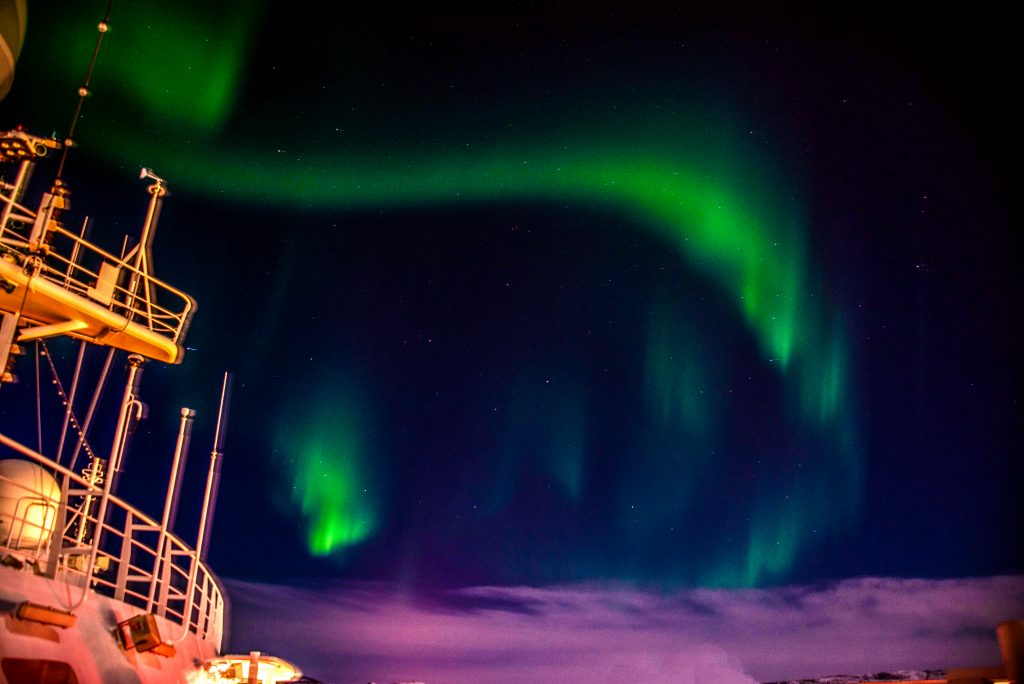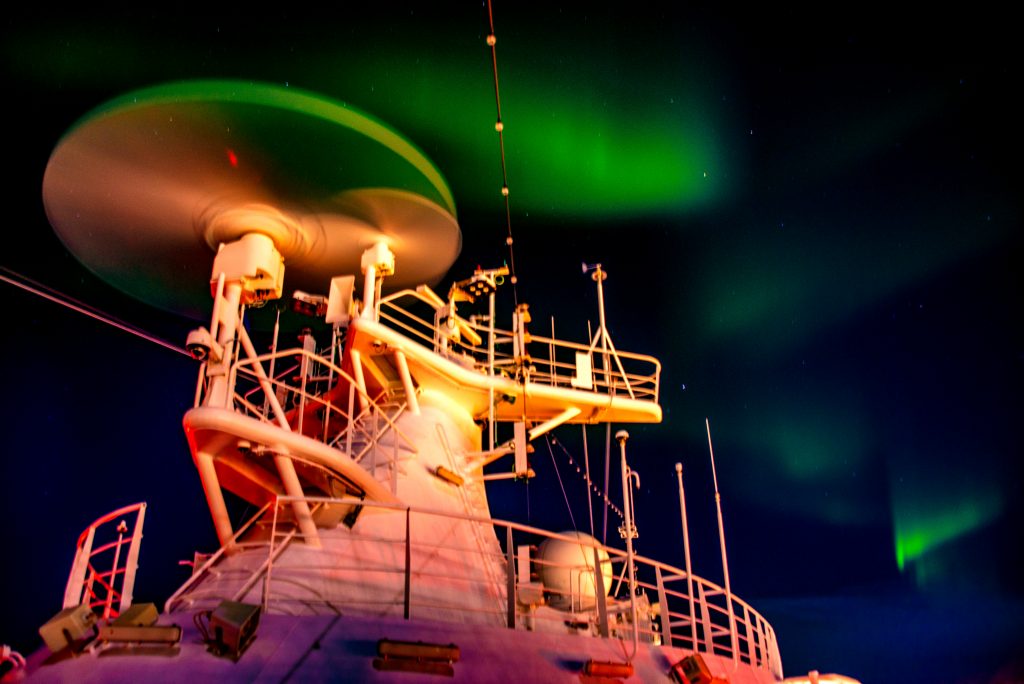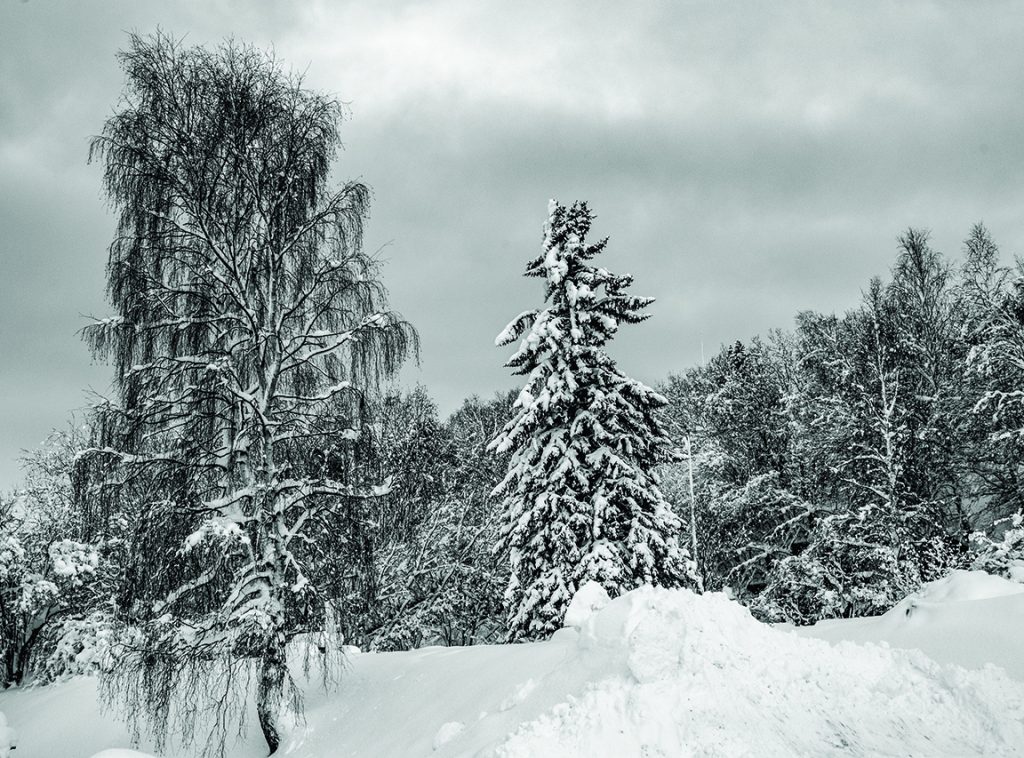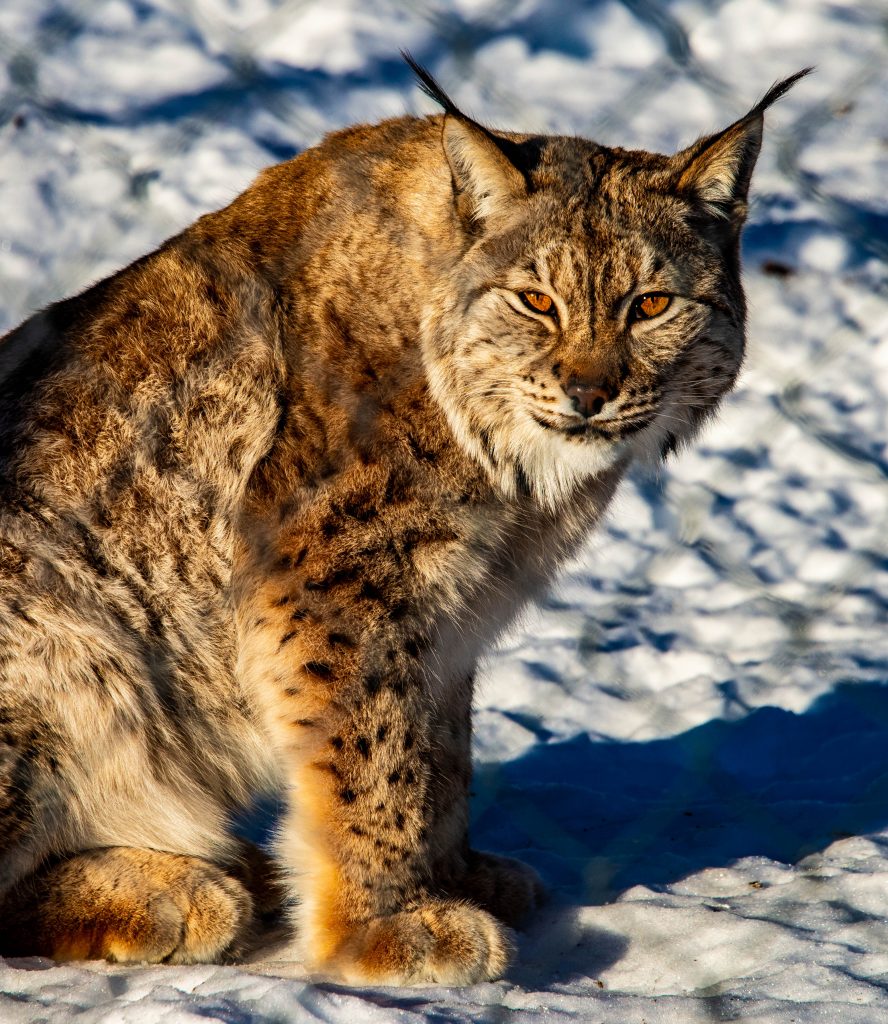By Corey Sandler
Our second cruise of the winter to the top of Norway, some 200 miles into the Arctic Circle, proceeded more or less on schedule.
Don’t blame the cruise line. Don’t blame the captain. Don’t blame me.
The high latitudes near the North Pole (and those near Antarctica at the other end of our planet) are places that are predictably unpredictable. Usually very cold, often very windy, sometimes heavily occluded with heavy clouds.
We were there in hopes of seeing the Northern Lights, something I have enjoyed quite a few times.
So here’s the deal: the Northern Lights–or to use its more formal title, the Aurora Borealis–are present in the earth’s atmosphere nearly all the time. Our planet’s protective magnetic field directs most the sun’s solar particles toward the Arctic Circle or the Antarctic Circle where the magnetism is weaker. (At the equator, the earth’s diameter is much greater than it is at the top or bottom, and so magnetic fields have less effect in the high latitudes.)
The second thing that is needed in order to see the Northern Lights is darkness. Sunlight washes out the diaphanous curtains and swirls. In the Arctic in winter, there is very little sunlight for at least three months of the year, from about December to March. (The Antarctic’s seasons are the opposite of the Arctic, with the dark midwinter on June 21 of each year.)
The third necessary element is a clear sky. The Northern Lights are the result of collisions between solar particles and various atoms in our atmosphere. Most of these collisions occur in the earth’s Thermosphere, the second-highest layer of the atmosphere, about 50 to 440 miles above the planet’s surface. If there is heavy cloud cover overhead, there’s little chance of seeing them. I always tell guests that if you cannot see stars or planets in the sky, there’s little chance of seeing the aurora.
And the fourth element: luck. You can be in the right place at the wrong time, or the wrong place at the right time.
On our long sail from Bergen to the top of mainland Norway we had a few faint sightings of the lights; crew on the navigational bridge alerted passengers. But it wasn’t until we were tied up at the pier in Alta that all four elements: solar particles, darkness, clear skies, and luck aligned.
I headed for the highest deck of the ship with my tripod, full-frame digital camera, thermal underwear, and down-filled mittens. The first glimmer was a claw-like green image on the horizon:

I headed from the stern to the bow of the ship, near the radar and communications equipment and set up again.

Our ship was due to depart Alta about 11pm, and as a group of us waited on the upper deck the navigator set the radar antenna to rotate. We heard the whir and saw the antenna move…and then as if summoned, the Northern Lights came directly over the ship.

On our way down the coast, headed for the port of Tilbury on the Thames River, we made a call at Narvik in Norway. This is a place of great beauty and possessed of a history that still seems to echo through the fjord.
In the 1890s, a combined British and Swedish group engineered a spectacular railway that ran from iron ore mines in landlocked northern Sweden to the port of Narvik where it could be loaded onto ships and taken to steel mills in Europe.

The biggest customer for the Swedish steel coming through the Norwegian port was Germany. And soon after World War II began, Germany invaded and occupied Norway; one of the main reasons was to gain access to Narvik and its railway to neutral Sweden.
One of the largest naval battles of Europe took place within the confines of Narvik, and for a few weeks the British, along with Free French and the Norwegian resistance held off and then ousted the Germans. But the Allied foothold could not be sustained, and they withdrew; German bombers and naval vessels all but leveled Narvik and the export of iron ore from the port was halted.

Up in the hills above the rebuilt town is a private nature preserve called Arctic Park. I went there with some guests, and we clamped ice spikes to our boots to visit large enclosures that were home to Arctic wolves and fox, wolverines, reindeer, and other creatures including several very large lynx, which are known as bobcats in North America.

After Narvik, we set sail for IJmuiden, the port of Amsterdam, which was our last scheduled call before disembarkation at Tilbury on the Thames River in England.
A month before, our ship had been unable to make it to Tilbury because of a massive winter storm along the west coast of Norway; we had to fly from London to begin a re-jiggered cruise.
This time we ran into high winds and rough seas as we sailed toward IJmuiden and eventually it became apparent there was no way to make our call in The Netherlands and then cross over the North Sea to end the cruise in Tilbury at the scheduled hour.
And so we ended with an extra day at sea and a nighttime arrival in the United Kingdom.
And then we flew home, unpacked our bags, and began planning our next voyage, scheduled for the end of May. I’ll see you here with details.
All text and photos by Corey Sandler, all rights reserved. If you want to obtain a copy of one of my photographs for personal or commercial use, please contact me using the link on this page.
